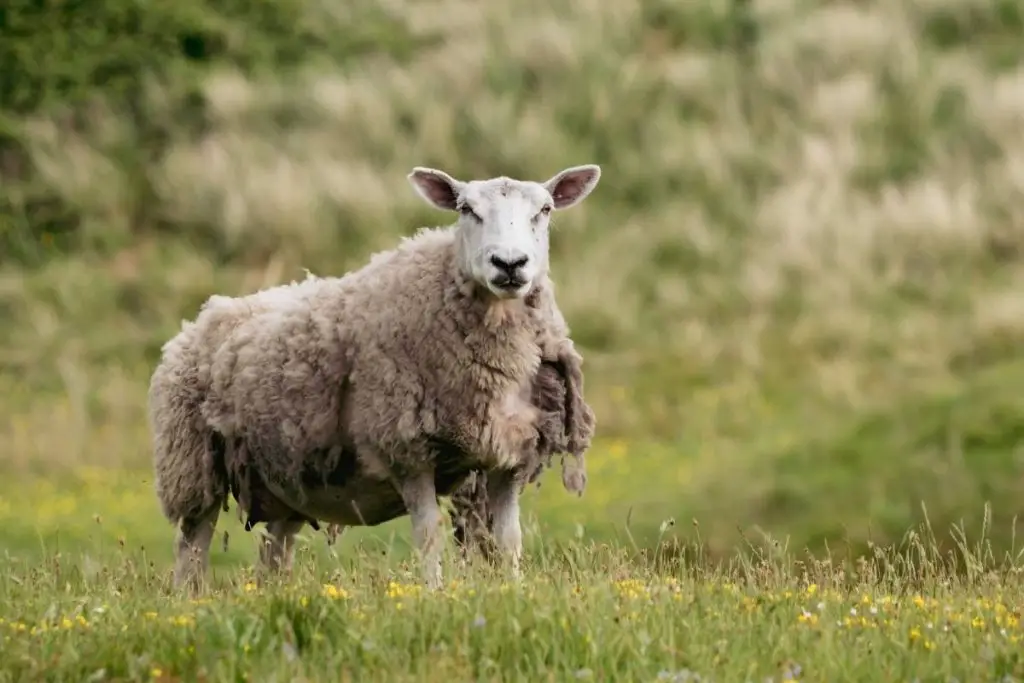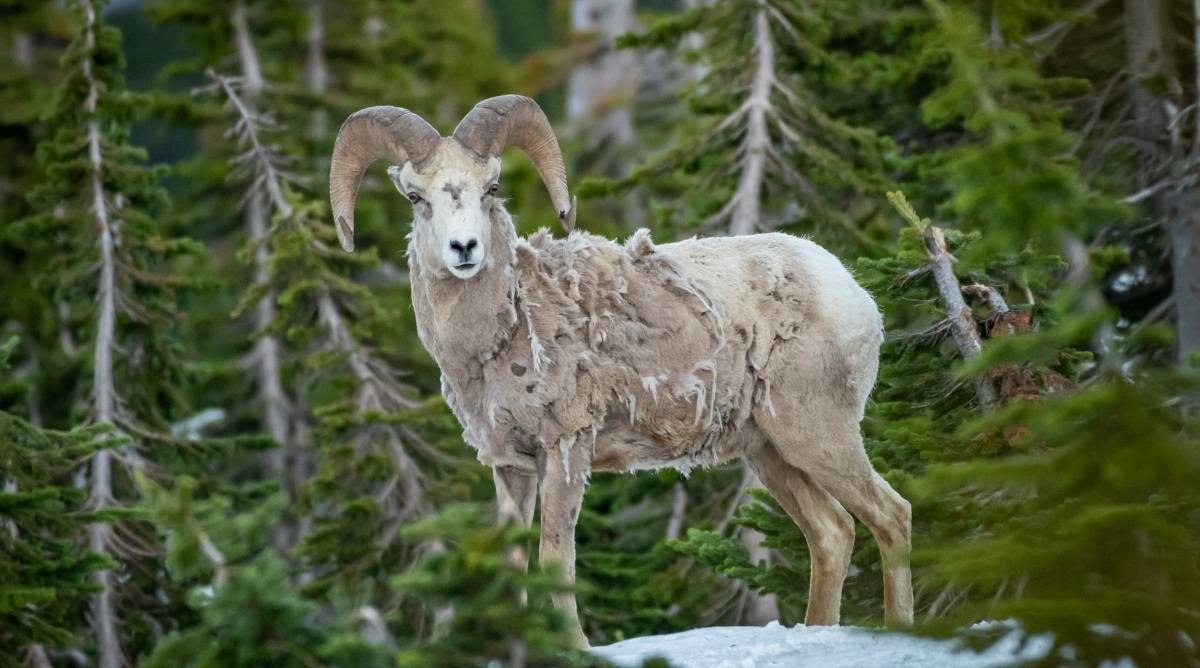Unlike domestic sheep, which are mostly wool sheep and need shearing annually, wild sheep are more often hair sheep and shed their coats naturally. This process, known as molting, involves hair naturally falling off the sheep's body. The process is enhanced by the sheep rubbing themselves against trees, bushes, rocks, and other objects in the wild.
Table of Contents
How do wild sheep get rid of their wool?
Wild sheep do not need to be sheared like domesticated sheep. When the weather gets warm, wild sheep naturally get rid of their wool or hair.
The natural shedding of sheep’s wool is accelerated by the sheep scratching against obstacles that tear the wool away from the sheep’s body.
Most wild sheep are hair sheep, which means the coat on wild sheep doesn’t grow excessively long. The length of wild sheep coats is just enough to keep them comfortable during various seasons. For example, the hair coat grows longer during winter to insulate the animals and maintain their body temperature. During spring, as it gets warmer, wild sheep shed their coat to prevent overheating.
How often do wild sheep shed their wool?

Wild sheep often shed their wool once per year. The molting process starts when temperatures begin to rise after winter.
Getting rid of some of their coat ensures the wild sheep can survive high temperatures in summer. The process also helps to keep the sheep healthy by getting rid of wool that may have collected parasites or accumulated urine, manure, and other dirt over time.
Why wild sheep don’t need to be sheared
Wild sheep don’t need to be sheared because they shed their coats naturally. Domesticated wool sheep need to be sheared because their coat grows unusually long due to selective breeding by humans.
When humans started breeding sheep for wool production, they selected for sheep breeds that naturally produced the highest amounts of wool.
Breeders crossbred between wild sheep breeds with more wool than others. The resulting offspring had more and higher quality wool. Over time, the “wool sheep” were created with wool that grows continuously.
These days, domestic sheep must be sheared for wool collection and to avoid overheating during the warm seasons. Wild sheep don’t need shearing because they were never subjected to the selective breeding that has caused domesticated sheep to grow their wool so long.
What happens when a domesticated sheep gets lost?
If a domesticated sheep of the wool type gets lost, it may not be able to survive in the wild.
The domesticated wool sheep’s coat will continue growing over time. In the end, the excess wool will cause severe risks to the sheep, particularly:
- They can overheat during the hot seasons
- They’ll be at risk of contracting diseases or infections due to dirt and parasites accumulating in the wool coat for a long time.
- The excess wool can hinder their vision and movement, risking attacks from predators.
There have been cases of sheep that strayed from their flock and ended up lost in the wild for years. Most documented cases said the sheep were found alive but with a humongous wool coat that was life-threatening.
One famous domestic sheep that got lost in the wild was Shrek, a male merino sheep from New Zealand. Shrek escaped from his farm and hid in caves for six years. When he was finally found in 2004, he had a gigantic coat and was shorn on national television, producing more than 60 pounds of wool.
Another sheep that strayed from its flock was Chris, a sheep from Australia. When found in 2015, Chris had been alone in the wild for five to six years. His fleece weighed a whopping 89 pounds.

